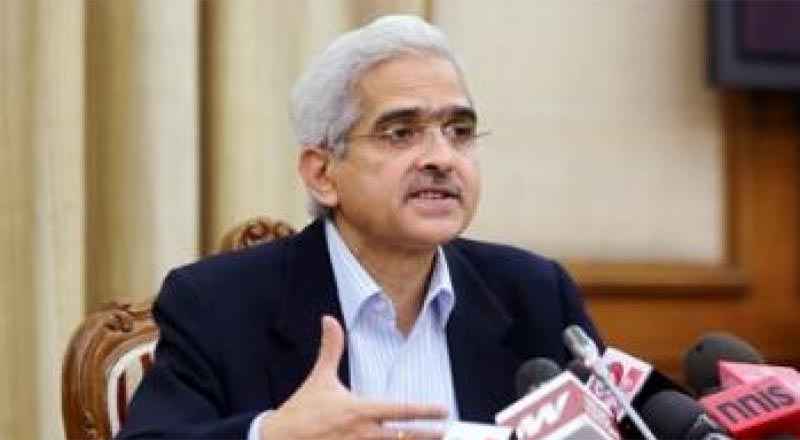The Reserve Bank of India (RBI) says, its stress assessments indicated that the gross non-performing property (GNPA) ratio of scheduled business banks (SCBs) may worsen to as excessive as 14.7% by the top of the present monetary yr, from 8.5% in March 2020, if the hostile financial impression of the COVID-19 pandemic was ‘very severe’.
The macro stress assessments for credit score threat point out that the GNPA ratio of all SCBs may improve… to 12.5% by March 2021 underneath the baseline state of affairs,” the RBI stated in its Financial Stability Report, July 2020. “The ratio may escalate to 14.7% under a very severely stressed scenario,” which assumes hypothetically that the GDP would undergo a contraction of 8.9% in 2020-21, the central financial institution added. In the baseline case, the GDP is assumed to contract 4.4%.
Observing that the capital to risk-weighted property ratio (CRAR) of SCBs edged down to 14.8% in March, from 15% in September 2019, the RBI projected that this ratio may slide to “13.3% in March 2021 under the baseline scenario and to 11.8% under the very severe stress scenario”.
Bank credit score which had significantly weakened throughout the first half of 2019-20, slid down additional to 5.9% by March 2020 and remained muted up to early June 2020. This moderation was broad-based throughout all financial institution teams, the central financial institution stated.
The Reserve Bank of India has released the 21st Issue of the Financial Stability Report (FSR). The FSR reflects the collective assessment of the Sub-Committee of the Financial Stability and Development Council (FSDC) on risks to financial stability, and the resilience of the financial system in the context of contemporaneous issues relating to development and regulation of the financial sector.
The exact duration of how long Covid-19 pandemic will last is still uncertain and resulting in significant downside risks to growth in FY21, the Reserve Bank of India said on Friday. The RBI had earlier said the country’s GDP will contract in FY21, but did not give any number on the same, even as analysts are pegging a negative growth of up to 9.5 per cent.
For the fiscal year as a whole, there is still heightened uncertainty about the duration of the pandemic. As such, the downside risks to growth remain significant,” the RBI said in the half-yearly Financial Stability Report (FSR) released on Friday. A full restoration in economic activity would be contingent upon the support for robust health infrastructure, recovery in demand conditions and fixing of supply dislocations, it said.
Additionally, the state of global factors like trade and financial conditions will also have a bearing on the recovery, the central bank said. “The near-term economic prospects appear severely impacted by lockdown induced disruptions to both supply and demand side factors, diminished consumer confidence and risk aversion,” it noted.
Despite the steps taken by financial sector regulators and the government to ensure financial intermediation functions normally, and distress faced by disadvantaged sections of society is mitigated, the downside risks to short term economic prospects were classified as high. Even though borrowing costs have ebbed and illiquidity premia have shrunk, risk aversion and lackluster demand have impeded the fuller flow of finance from both banks and non-banks into the economy, the RBI said.





